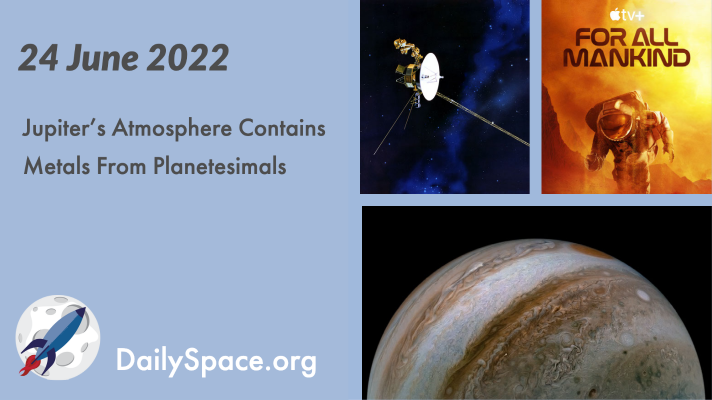
Jun 27, 2022 | Climate Change, Daily Space, Earth, ESA, Europa, Globular Cluster, Jupiter, Mercury, Spacecraft, Voyager I & II
A recent paper examined data from NASA’s Juno mission and found that Jupiter’s atmosphere not only contains metals but also is not a homogenous mix. The likely culprits are the remains of planetesimals from the early solar system. Plus, a Voyager update, a new Mercury image, sulfur residue on Europa, and a review of “For All Mankind”.
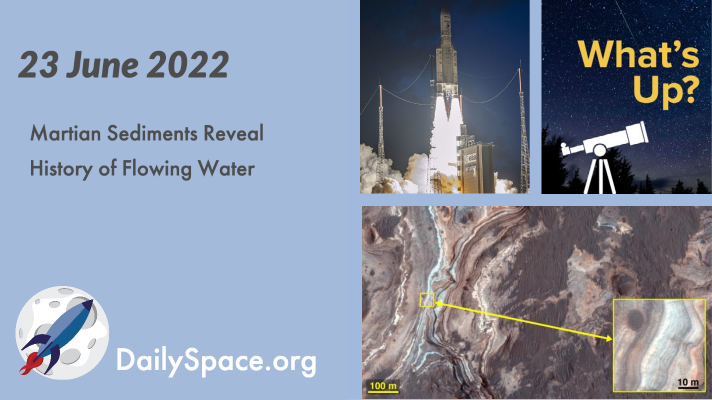
Jun 24, 2022 | Climate Change, Cosmology, Curiosity, Daily Space, ESA, Galaxies, Mars, Neptune, Physics, Rockets, Sky Watching, Spacecraft
A basin region within Margaritifer Terra on Mars contains deposits of clay-bearing sediment that provide evidence of flowing water on the red planet as recently as 2.5 billion years ago. Plus, Mars mission updates, gravitational wave detection, rocket launches, and this week’s What’s Up.
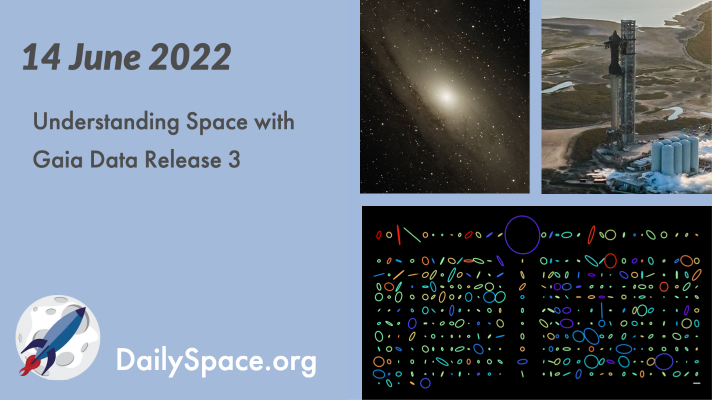
Jun 15, 2022 | Active Galaxies, Daily Space, ESA, Galaxies, Rockets, Science, Spacecraft, SpaceX, Stars, White Dwarfs
The Gaia mission released its third ‘treasure trove’ of observations and calculations of more than two billion stars in the Milky Way, including ‘starquakes’, stellar DNA, binary star systems, and more. Plus, day one of the American Astronomical Society press conferences and updates on Starship and NASA’s TROPICS-1 mission.
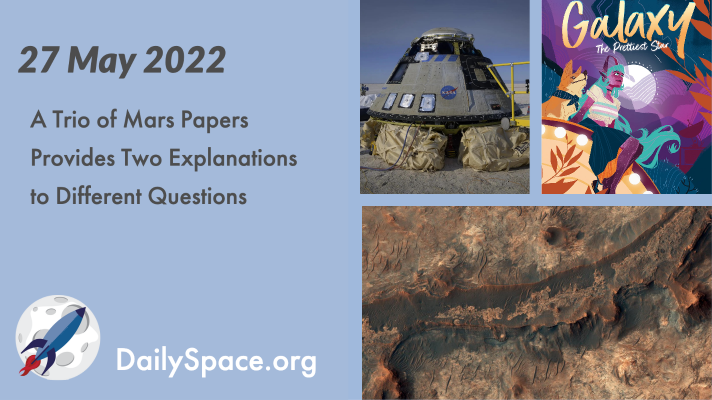
May 31, 2022 | Crewed Space, Daily Space, Earth, ESA, Mars, Perseverance, Review, Rockets, The Sun
Today, we take a look at three recent papers attempting to explain various phenomena on Mars. One uncovers the cause of discrete aurorae. Another explains the martian haze. And a third actually ends up with more questions than answers. Plus, Boeing’s OFT-2 returns to Earth, ESA’s Solar Orbiter makes its closest approach, and Dr. Pamela reviews the new graphic novel “Galaxy: The Prettiest Star” by Jadzia Axelrod.

Mar 28, 2022 | Cosmology, Crewed Space, Daily Space, ESA, JAXA, Review, ROSCOSMOS, Spacecraft, White Dwarfs
Researchers use data from ESA’s Gaia telescope to discover that white dwarf stars have two different distributions both in how they move and how bright they shine. Plus, all the International Space Station news, simulated JWST observations, and a review of a macro lens from Venus Optics.
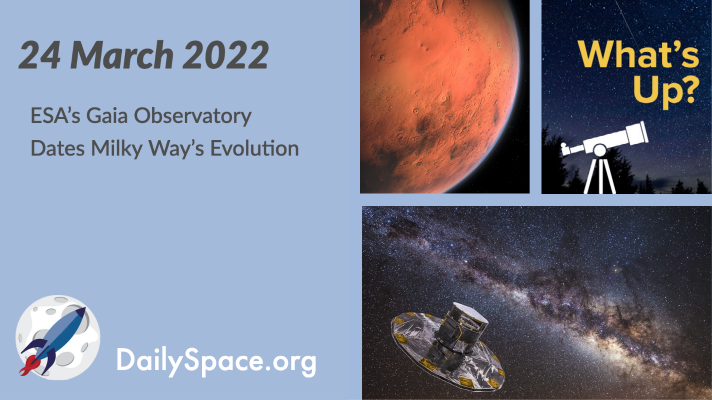
Mar 25, 2022 | Citizen Science, Climate Change, Daily Space, Earth, ESA, Exoplanets, Galaxies, Mars, Milky Way, Perseverance, Sky Watching, Spacecraft
Stellar formation and evolution data collected from ESA’s Gaia telescope has allowed scientists to create a timeline of the evolution of our own galaxy, the Milky Way. Plus, an ancient ice age, sound on Mars, a new exoplanet, and What’s Up.








 We record most shows live, on Twitch. Follow us today to get alerts when we go live.
We record most shows live, on Twitch. Follow us today to get alerts when we go live.